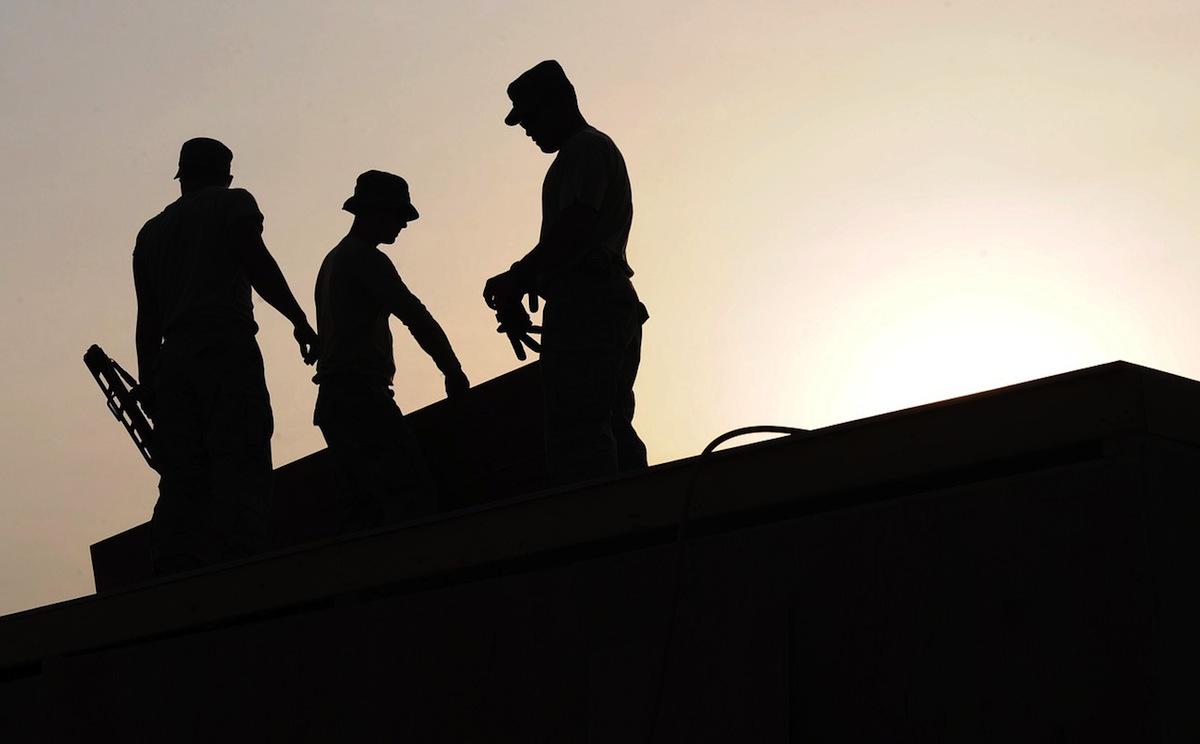Last year, construction spending in New York City was up 26%, to $36 billion. And construction employment in the Big Apple, at 122,975, was the highest it’s been since 2008, according to the New York Building Congress. Of that dollar total, spending on nonresidential construction increased by 20% to $9.8 billion, the first time since 2010 that nonresidential spending grew year-to-year.
Those heady numbers, though, are no guarantees of future spending. In fact, New York is among the major metros—including Washington D.C., Phoenix, and San Diego—where office building development and construction are tailing off from historic levels or cooling down, according to CoStar, the real estate market research firm, in its report on the national office market trends for the first quarter of 2015.
The good news is that an estimated 108 million sf of office space were under construction in the U.S. at the end of the first quarter, a 17% gain over the same period a year ago. That construction level approached the historical average of 122 million sf, which the country last achieved in late 2008.
The cautionary news is that 15 million sf of office space were delivered in the first quarter of 2015, the first time in the latest economic cycle that deliveries exceeded net absorptions, which during that quarter were 12 million sf.
CoStar estimates that construction levels are above historic norms in about one-third of the largest U.S. metros. It singles out Silicon Valley in Northern California, which is seeing a rash of corporate campuses springing up. Other above-average office construction markets include Dallas-Fort Worth, Raleigh, Boston, and Chicago.
The researcher cites a shift in strategy among office building developers such as Boston Properties, which is using capital from the sale of older for new developments with potentially higher yields. Boston Properties has 11 office projects totaling 3.3 million sf in its current development pipeline.
CoStar notes that while rising rents are driving the office construction booms in certain markets like San Francisco, two thirds of the country’s metros are still not seeing the kind of rent appreciation that would justify large-scale new office construction.
That being said, among the notable deliveries in the first quarter was the 1.5-million-sf second phase of ExxonMobil’s corporate campus in Houston, which is also where a 1.7-million-sf campus that is fully leased to FMC Technologies got started during the quarter.
Lincoln Property started the first new office building in San Francisco’s Financial District in a decade, a 433,000-sf project that, despite being built on spec, shouldn’t have too much trouble finding tenants in a market whose office vacancy rate for four- and five-star buildings is 7.8%.
Related Stories
Codes and Standards | Jul 19, 2023
Office leasing in major markets by financial services firms rebounds to pre-pandemic norms
Though the pandemic led to reductions in office leasing by financial services firms in gateway markets, a recent report by JLL found a notable leasing resurgence by those firms.
Sustainability | Jul 13, 2023
Deep green retrofits: Updating old buildings to new sustainability standards
HOK’s David Weatherhead and Atenor’s Eoin Conroy discuss the challenges and opportunities of refurbishing old buildings to meet modern-day sustainability standards.
Government Buildings | Jul 13, 2023
The recently opened U.S. Embassy in Ankara reflects U.S. values while honoring Turkish architecture
The U.S. Department of State’s Bureau of Overseas Buildings Operations (OBO) has recently opened the U.S. Embassy in Ankara, Turkey. The design by Ennead Architects aims to balance transparency and openness with security, according to a press statement. The design also seeks both to honor Turkey’s architectural traditions and to meet OBO’s goals of sustainability, resiliency, and stewardship.
Sponsored | Fire and Life Safety | Jul 12, 2023
Fire safety considerations for cantilevered buildings [AIA course]
Bold cantilevered designs are prevalent today, as developers and architects strive to maximize space, views, and natural light in buildings. Cantilevered structures, however, present a host of challenges for building teams, according to José R. Rivera, PE, Associate Principal and Director of Plumbing and Fire Protection with Lilker.
Mass Timber | Jul 11, 2023
5 solutions to acoustic issues in mass timber buildings
For all its advantages, mass timber also has a less-heralded quality: its acoustic challenges. Exposed wood ceilings and floors have led to issues with excessive noise. Mass timber experts offer practical solutions to the top five acoustic issues in mass timber buildings.
Multifamily Housing | Jul 11, 2023
Converting downtown office into multifamily residential: Let’s stop and think about this
Is the office-to-residential conversion really what’s best for our downtowns from a cultural, urban, economic perspective? Or is this silver bullet really a poison pill?
Adaptive Reuse | Jul 10, 2023
California updates building code for adaptive reuse of office, retail structures for housing
The California Building Standards Commission recently voted to make it easier to convert commercial properties to residential use. The commission adopted provisions of the International Existing Building Code (IEBC) that allow developers more flexibility for adaptive reuse of retail and office structures.
Headquarters | Jul 5, 2023
The game room: Transforming game design office spaces
IA Interior Architects' designers discuss the aesthetic considerations for gaming industry work environments.
Office Buildings | Jun 28, 2023
When office-to-residential conversion works
The cost and design challenges involved with office-to-residential conversions can be daunting; designers need to devise creative uses to fully utilize the space.
Standards | Jun 26, 2023
New Wi-Fi standard boosts indoor navigation, tracking accuracy in buildings
The recently released Wi-Fi standard, IEEE 802.11az enables more refined and accurate indoor location capabilities. As technology manufacturers incorporate the new standard in various devices, it will enable buildings, including malls, arenas, and stadiums, to provide new wayfinding and tracking features.

















